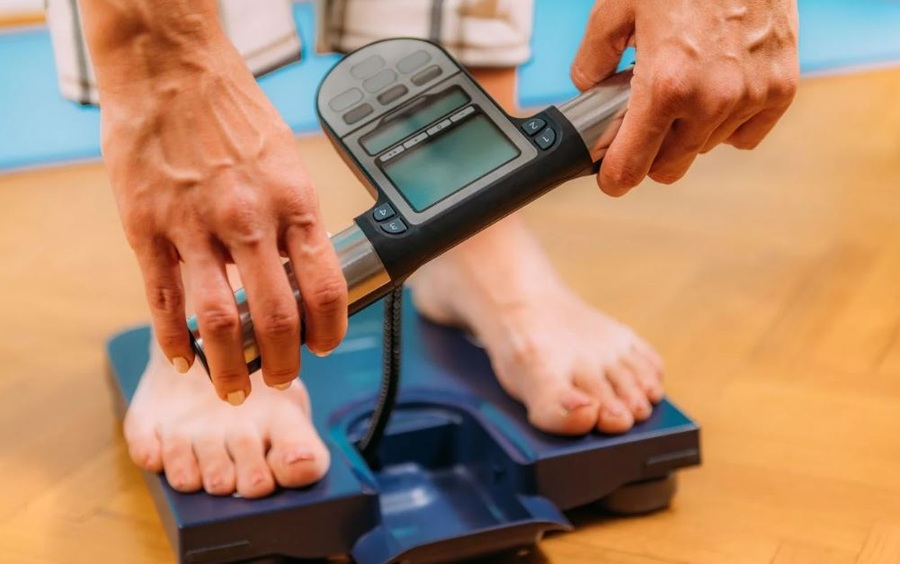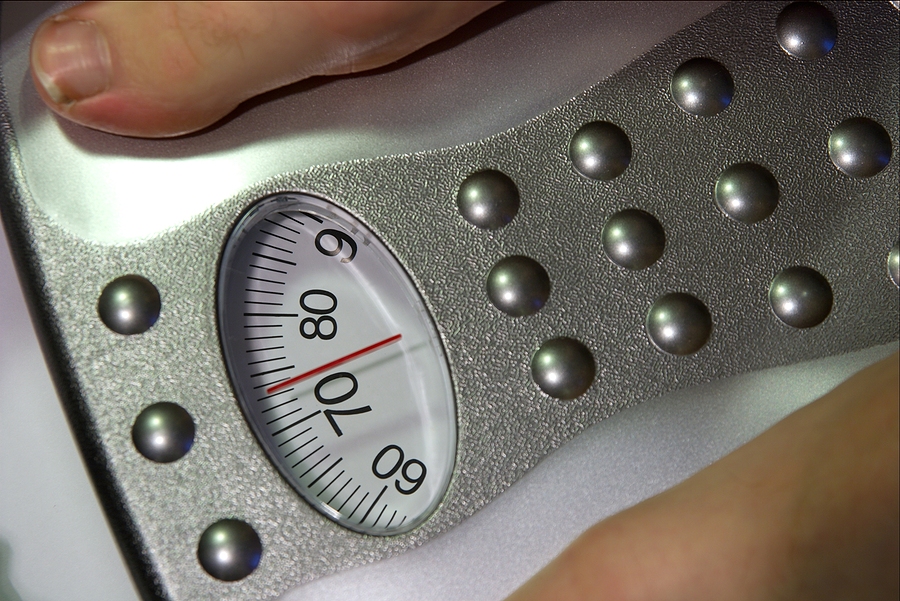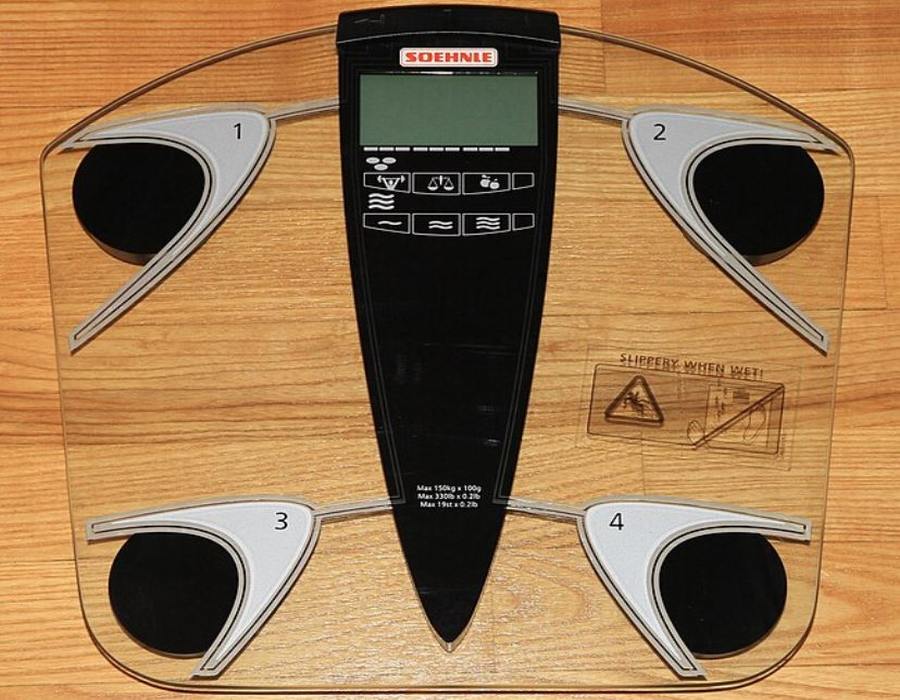In the pursuit of physical fitness, understanding and monitoring our body composition has become paramount.
While traditional scales merely display our overall weight, body fat scales promise to provide a comprehensive analysis, unveiling the intricate breakdown of fat, muscle, water, and bone density.
In this way, the theory goes, you can get a better idea of your progress. If your weight remains the same but your muscle mass increases while your body fat decreases, you’re going in the right direction.
However, for these scales to be useful they have to be accurate, and that is what I will be exploring here today. Can we truly rely on the measurements of body fat scales?
How Do Body Fat Scales Work?
At the core of body fat scales lies a sophisticated technology known as bioelectrical impedance analysis (BIA). This ingenious system sends a harmless, low-level electrical current through your body, measuring the resistance or impedance encountered by the signal as it traverses different tissues.
Since fat, muscle, and water possess varying levels of conductivity, the scale can estimate your body composition based on these resistance values.
The process is simple: step onto the scale, and the embedded electrodes initiate the BIA analysis. Within seconds, the scale calculates your body fat percentage, muscle mass, water content, and bone density, presenting you with a comprehensive snapshot of your physical makeup.
Many modern scales even sync with smartphone apps, allowing you to track your progress seamlessly over time.
Are They Accurate?
While the concept behind body fat scales is undoubtedly intriguing, their accuracy has been a subject of intense scrutiny and debate. Numerous studies have looked into this topic, and the results are somewhat conflicting, leaving consumers with a perplexing conundrum.
One study conducted in 2016 revealed that while the BIA method itself is accurate when employing standard mathematical formulas, many consumer-grade body fat scales fail to leverage these precise calculations, leading to inaccurate estimations.
Another investigation by Consumer Reports tested six different body fat scales against a lab-based Bod Pod machine, considered the gold standard for body composition analysis. The findings were eye-opening: the most accurate scale deviated by a staggering 21%, while the least precise one exhibited a disconcerting 34% margin of error.
However, not all is lost.
Experts suggest that while body fat scales may not provide an exact measurement, they can serve as a valuable tool for tracking trends over time.
Dr. Melynda Dennis, a physician assistant specializing in weight management at Houston Methodist, advises, “Don’t worry over a particular reading on your scale at home. Instead, use it as a way to track body composition trends over time. When the same scale is used under the same circumstances regularly, at-home body composition scales can be a great way to track your progress over time or uncover a significant shift in your body fat.”
Improving Accuracy

Several factors can influence the accuracy of body fat scale measurements, and understanding these nuances is important for obtaining reliable results.
One such factor is the number of measurement points on the scale. Scales that collect data from four points (hands and feet) tend to be more accurate than those that rely on two-point measurements.
Hydration levels also play a pivotal role. If you’re dehydrated, your body fat percentage may be overestimated, while excessive water retention can lead to an underestimation. Other factors, such as water weight, swelling, and recent exercise, can impact the accuracy of your measurements.
To mitigate these variables, experts recommend following a consistent routine when using body fat scales. Measure at the same time each week, avoid taking readings immediately after exercise or meals, and ensure you’re adequately hydrated. Additionally, standing still during the measurement process and keeping the scale clean and free from dust can further enhance accuracy.
Alternative Methods of Measuring Body Composition
While body fat scales offer convenience and affordability, they are not the only means of assessing body composition. For those seeking greater precision, alternative methods are available, albeit with varying degrees of accessibility and cost.
One of the most accurate techniques is the dual-energy X-ray absorptiometry (DEXA) scan. Originally designed to assess bone density and diagnose osteoporosis, this advanced technology can measure body fat percentage with an impressive 1-2% accuracy. However, DEXA scans are typically performed in medical imaging labs and are not readily available for at-home use.
Another highly accurate method is hydrostatic or underwater weighing, a form of air displacement plethysmography. Based on Archimedes’ principle, this technique compares an individual’s weight on land to their weight when submerged in water, providing a precise estimate of body composition. While effective, this method is primarily used in sports labs and research facilities, rendering it impractical for the average consumer.
For those seeking a more accessible at-home solution, many personal trainers recommend the pinch test, which involves using body fat calipers to measure skin folds at various sites on the body. While prone to human error, this method can provide a reasonably accurate assessment when performed correctly.
How to Use Body Fat Scales

While body fat scales may not provide the most accurate measurements, they can still be a valuable tool for monitoring your progress when used correctly.
Here are some tips for getting the most out of your body fat scale:
- Follow a consistent routine: Measure at the same time each week, under similar conditions. Avoid taking measurements immediately after exercise or meals, and ensure you’re adequately hydrated.
- Stand still during the measurement: Movement can interfere with the electrical signals and skew the results.
- Use bare feet: The electrodes need direct skin contact to function properly. Remove socks or stockings before stepping onto the scale.
- Keep the scale clean: Dust and debris can interfere with the electrical signals, leading to inaccurate readings.
- Calibrate regularly: Follow the manufacturer’s instructions for calibrating your scale to ensure accurate measurements.
- Track trends, not individual readings: Don’t get too fixated on a single measurement. Instead, focus on the overall trends and patterns over time.
- Combine with other measurements: Use body fat scale readings in conjunction with other metrics, such as BMI, waist-to-hip ratio, and blood pressure, for a more comprehensive understanding of your health and fitness.
Remember, body fat scales are not a substitute for professional medical advice.
If you have concerns about your body composition or overall health, consult with a qualified healthcare professional or certified fitness trainer.
Conclusion: Should You Buy Them?
Body fat scales have emerged in the market as a convenient and accessible tool for monitoring body composition.
While their accuracy may not be perfect, they can provide valuable insights when used judiciously and in conjunction with other metrics.
I would say they are worth owning, because they are not horrendously expensive and despite their short fallings they can help us track our progress. You can get your hands on some for between £40 and £180.
As with any aspect of our well-being though, moderation and mindfulness are key. Obsessing over numerical values or relying solely on a single measurement can be counterproductive and potentially detrimental to our mental and physical health.
Instead, embrace a holistic approach that celebrates progress, celebrates non-scale victories, and builds a positive relationship with our bodies. Celebrate the small wins, acknowledge the challenges, and remain steadfast in your commitment to a healthier, happier you.

